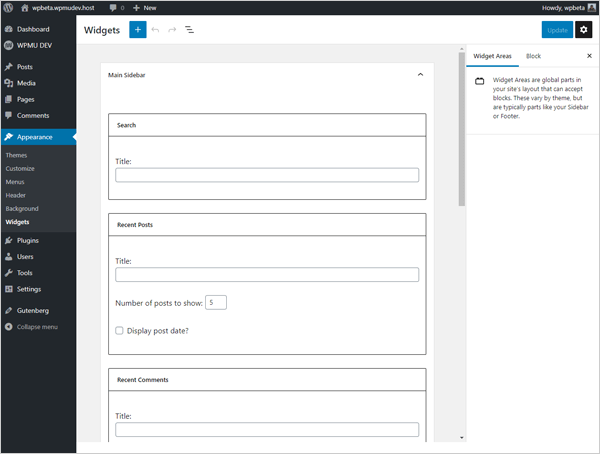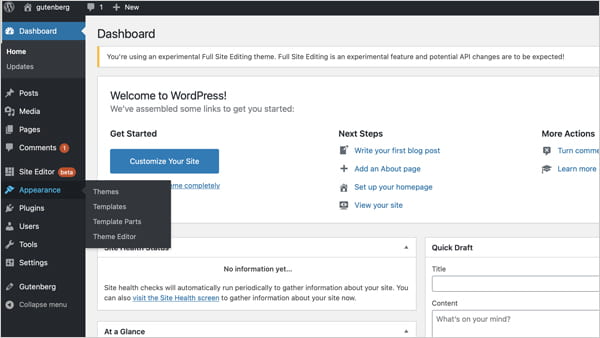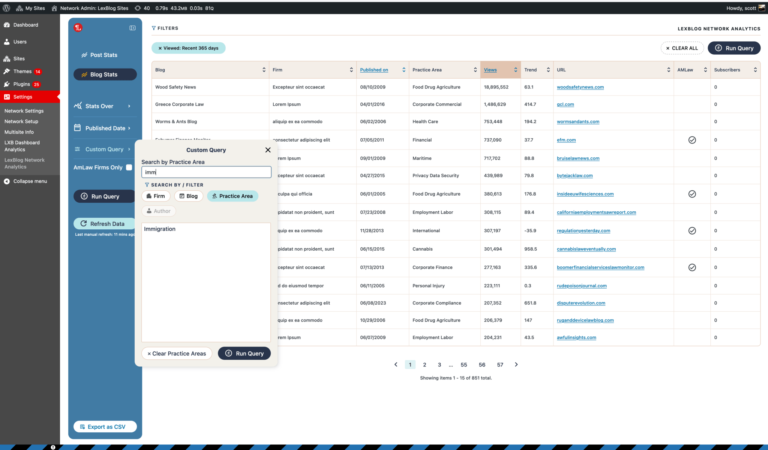WordPress is continually evolving. As Gutenberg marches toward full site editing, it’s inevitable that some things will change and get left behind…like our Custom Sidebars plugin.
Whether you love Gutenberg or don’t, the fact is that WordPress is heading toward a “full site editing” user experience built entirely out of using blocks.
As has been covered extensively since WordPress introduced Gutenberg in version 5.0, blocks are an entirely new paradigm.
Whereas, until now, things like themes, plugins, and the old Classic Editor have played distinct roles in how design, functionality, and content come together to create a WordPress site, full site editing (FSE) means that users will soon be able to use blocks to transform any and every aspect of their site, including the header, footer, and sidebar.
Although things are not entirely clear yet, full site editing will no doubt affect many traditional aspects of WordPress, from plugins and themes to elements like menus and widgets, page builders, etc.
Which brings us to the point of this short post…
We Will Retire Custom Sidebars After WordPress 5.6
WordPress introduced a new block-based Widgets Screen in Gutenberg 9.1 as one of its major focuses for the release of WordPress 5.6 in December 2020.

As much as our entire development team is fully committed to supporting all of our plugins, the new Widgets Screen is not compatible with our Custom Sidebars plugin, so we have made the decision to retire it once WP 5.6 drops.
*** UPDATE***
WordPress recently announced that the Widgets Screen will not be shipped with WP 5.6 but has been penciled in for 5.7. Regardless of this announcement, we still plan to retire the plugin.
What You Can Do If You Use The Custom Sidebars Plugin
Unfortunately, there’s not much that you can do if you plan to keep using the plugin except disable the new Widgets Screen after it’s released.
Disabling the new Widgets Screen
Place the simple filter below in your theme’s functions.php file to disable the new Widgets Screen and keep the old screen:
add_filter( 'gutenberg_use_widgets_block_editor', '__return_false', 100 );
“If I Keep Using the Plugin, Will It Break My Website?”
If you choose to keep using the plugin on a theme that uses widgets, it should continue to work.
Keep in mind, however, that there is a very big chance that WordPress will remove the Widget screen entirely in favor of the full site editing experience. If it does (and we expect it probably will) and your theme gets updated to remove widgets without backward compatibility, then the plugin will probably not work at all after this.
For this reason, we recommend considering transitioning away from using widgets from this point forward.

With over 200,000+ active installations, we know that many Custom Sidebars users will be disappointed to hear that we will soon be retiring the plugin and we apologize for the inconvenience and disruption this will surely bring to many of you. As much as we always try to have our users’ back, WordPress forced our hand on this one.
If you did like using the plugin, don’t despair. The way things are developing with Gutenberg, when FSE becomes part of WordPress core and replaces the need to use widgets, creating customized sidebars for every page should be easily done using regular blocks.
If You Want To Run With It…
Custom Sidebars is an open-source plugin, so we’ve added it to GitHub for anyone who wants to download, modify, or extend it.
Source: premium.wpmudev.org

